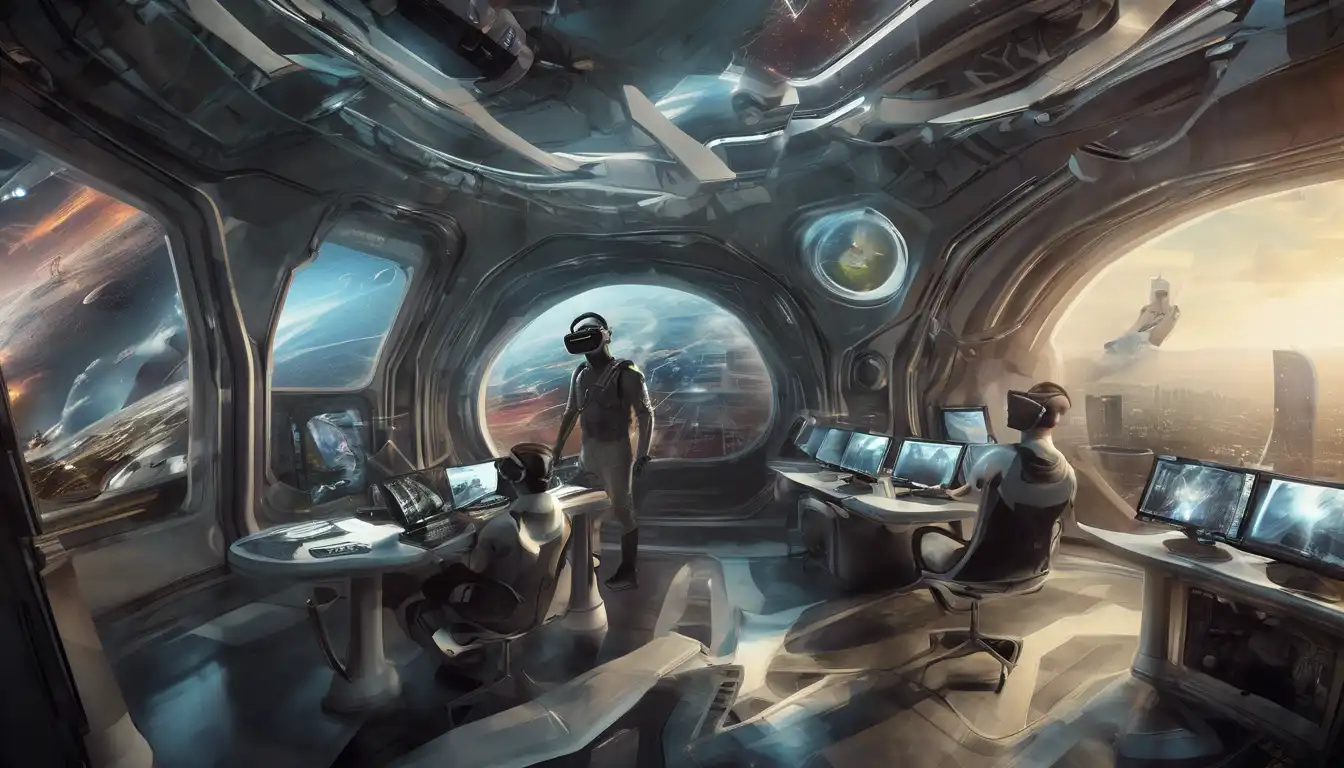Introduction to Virtual Reality
Virtual Reality (VR) is rapidly becoming one of the most exciting areas in technology today. With its ability to immerse users in a completely virtual environment, VR is setting the stage for a revolution in how we interact with digital content. From gaming and entertainment to education and healthcare, the potential applications of VR are vast and varied.
The Evolution of Virtual Reality
The concept of VR isn't new, but recent advancements in technology have made it more accessible and realistic than ever before. Early attempts at VR were limited by technology, but today's VR headsets offer high-resolution displays, precise motion tracking, and immersive audio, creating a truly believable virtual world.
Applications of Virtual Reality
VR is not just for gamers. Industries across the board are finding innovative ways to use VR to enhance their operations. Here are just a few examples:
- Education: VR can transport students to historical sites or simulate complex scientific processes, making learning more interactive and engaging.
- Healthcare: From surgical training to patient rehabilitation, VR is helping medical professionals improve outcomes in ways previously unimaginable.
- Real Estate: Virtual tours allow potential buyers to explore properties from the comfort of their own homes, saving time and resources.
- Entertainment: Beyond gaming, VR is being used to create immersive movies and concerts, offering audiences a new way to experience media.
The Future of Virtual Reality
As technology continues to advance, the possibilities for VR are endless. With the development of more sophisticated haptic feedback systems, users will soon be able to feel virtual objects, adding another layer of realism to the experience. Additionally, the integration of artificial intelligence could make virtual environments more interactive and responsive to individual users.
Challenges and Considerations
Despite its potential, VR faces several challenges. High costs and the need for powerful hardware can limit accessibility for some users. There are also concerns about the social and psychological effects of prolonged VR use. However, as technology improves and becomes more affordable, these barriers are likely to diminish.
Conclusion
Virtual Reality represents a significant leap forward in how we interact with technology. Its ability to create immersive, interactive experiences has the potential to transform industries and change the way we live, work, and play. As we stand on the brink of this new frontier, it's clear that VR is not just the next big thing in tech—it's the future.
For more insights into the latest technological innovations, check out our articles on Tech Innovation and Future Tech.
